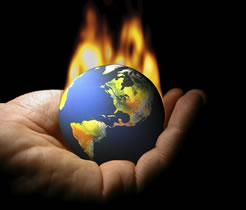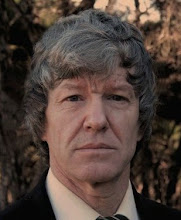<a href="http://in.reuters.com/article/2011/11/29/idINIndia-60792420111129">Reuters says</a> a report by the UN's World Meteorological Organisation ranks 2011 as one of the warmest years on record.
The WMO says global temperatures in 2011 are at the moment the tenth highest on record--higher than any previous year with a La Nina event, despite the fact that it has a relative cooling influence.
It says that this year the global climate was influenced heavily by the strong La Nina, a natural phenomenon usually linked to extreme weather in Asia-Pacific, South America and Africa, which developed in the tropical Pacific in the second half of 2010 and continued till May 2011. One of the strongest such events in 60 years, it was closely associated with the drought in east Africa, islands in the central equatorial Pacific and the United States, as well as severe flooding in other parts of the world.
The WMO says the warmest 13 years of average global temperatures have occurred in the 15 years since 1997. That has contributed to extreme weather conditions that increase the intensity of droughts and heavy precipitation across the world. The extent of Arctic sea ice in 2011 was the second lowest on record, and its volume was the lowest.
It says the build-up of greenhouse gases puts the world at a tipping-point of irreversible changes in ecosystems.

